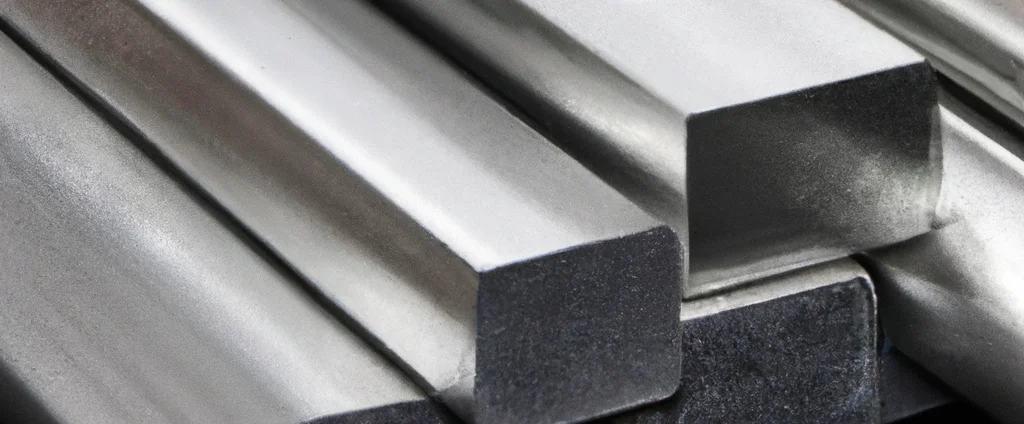Aluminum Alloy 2011 (UNS A92011)

Aluminum 2011 is a high-strength, free-machining 2000-series alloy, optimized for precision components in aerospace, automotive, and industrial applications due to its superior machinability.
| Chemical Composition | ||
|---|---|---|
| Element | Min | Max |
| Aluminum | 91.2% | 94.6% |
| Bismuth | 0.2% | 0.6% |
| Copper | 5.0% | 6.0% |
| Iron | —— | 0.7% |
| Lead | 0.2% | 0.6% |
| Silicon | —— | 0.4% |
| Zinc | —— | 0.3% |
| Residuals | —— | 0.15% |
The following table provides a list of aluminum 2011 properties in both SI and US customary/Imperial units.
Click on the button to switch between Metric and Imperial units.
| Physical Properties | Metric |
|---|---|
| Density | 2820 kg/m3 |
| Mechanical Properties | Metric |
| Tensile Strength | 275 - 400 MPa |
| Yield Strength | 260 - 290 MPa |
| Young’s Modulus (E) | 70 GPa |
| Shear Modulus (G) | 26 GPa |
| Elongation at Break | 12% |
| Poisson’s Ratio (ν) | 0.33 |
| Brinell Hardness | 95 - 110 HB |
| Thermal Properties | Metric |
| Melting Point | 535 - 640 °C |
| Thermal Conductivity | 140 - 160 W/m·K |
| Specific Heat Capacity (Cp) | 890 J/kg·K |
| Coefficient of Thermal Expansion (αL) | 2.3×10-5 1/°C |
| Electrical Properties | Metric |
| Electrical Conductivity | 2.45×107 S/m |
| Electrical Resistivity | 4.5×10-8 Ω·m |
The values in this table are approximate and can vary depending on various factors such as the specific manufacturing process and heat treatment applied to the alloy.
Advantages & Disadvantages of Aluminum 2011
| Advantages | Disadvantages |
|---|---|
| Good strength | Limited weldability |
| Good machinability | Limited formability |
| Corrosion resistance | Limited strength at high temperatures |
| Thermal conductivity | |
| Low cost |
Applications of Aluminum 2011
Aluminum 2011 is widely utilized in industrial and commercial applications due to its exceptional machinability, high strength-to-weight ratio, and corrosion resistance. Key uses include:
- Fasteners and screws: The high strength-to-weight ratio and good machinability make it an excellent choice for manufacturing screws, bolts, and other fasteners.
- Electrical components: Due to good electrical conductivity, it’s often used in the production of electrical components such as connectors, terminals, and switchgear.
- Automotive parts: Its lightweight and high strength make it useful for manufacturing automotive parts such as brake components, steering knuckles, and suspension parts.
- Machine parts: The excellent machinability makes it a popular choice for producing machine parts such as gears, bearings, and valves.
- Piping and tubing: With good corrosion resistance and high thermal conductivity, it’s useful for manufacturing piping and tubing used in HVAC systems, heat exchangers, and other applications.
- Aerospace components: The combination of high strength and light weight makes it useful for manufacturing various components used in the aerospace industry, including aircraft fittings and structural parts.
- Sporting goods: The lightweight and high strength properties make it a popular choice for manufacturing sporting goods such as bicycle frames, tennis rackets, and fishing rods.
